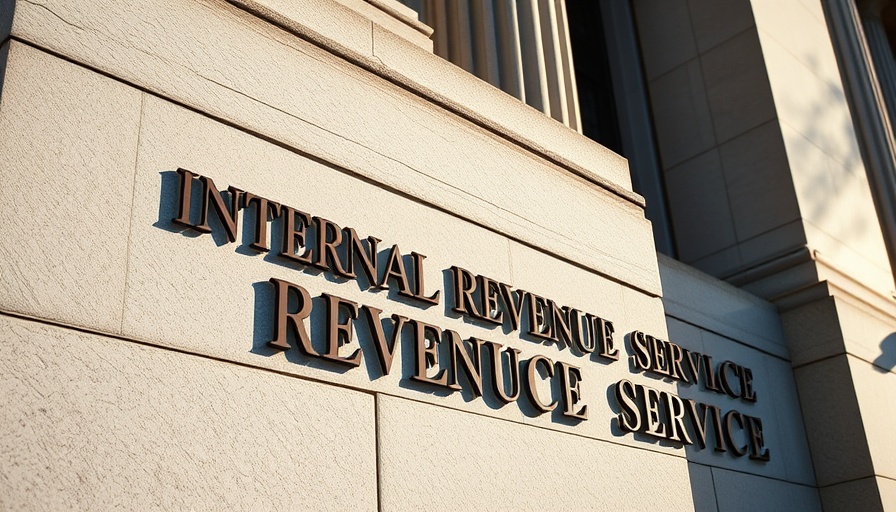
Understanding Tax Debt: A Growing Concern
Tax debt can affect anyone, and the pressures of owing money to the IRS are far-reaching. Not only do individuals face the looming threat of collection actions, but they also grapple with the emotional stress associated with unmanageable financial obligations. With millions of Americans reportedly owing back taxes, understanding tax debt is more important than ever. Many taxpayers feel isolated in their struggles, and this article aims to demystify the process of settling tax debts, offering valuable solutions and support.
Assessing Your Tax Situation: Key Considerations
Before contacting the IRS, it’s crucial to thoroughly assess your financial situation. Gather your financial documents, including income statements, expenses, and any prior correspondence with the IRS. By working with a financial advisor or tax professional, you can develop a clearer understanding of your debts and available options, such as entering a payment plan or applying for an Offer in Compromise (OIC).
Exploring IRS Payment Plans: Your Options
For those unable to pay their debts outright, the IRS offers payment plans to manage tax liabilities. Short-term payment plans can cater to balances under $50,000, providing a 180-day window with no setup fees if set up through automatic withdrawals. Longer-term payment plans may require a set-up fee, but they offer a greater timeframe for debt repayment.
Offer in Compromise: Can You Settle for Less?
An Offer in Compromise allows some taxpayers to settle their tax debts for less than they owe. While it’s a good solution for those facing financial hardship, acceptance is not guaranteed. Candidates must demonstrate their inability to pay the full amount to qualify. If you can prove that paying your tax debt would pose severe financial challenges, you may find relief through this program.
Current Not Collectible Status: An Option for Hardship
When financial instability strikes, the IRS may temporarily classify your account as “Currently Not Collectible.” Although this status halts collection activities, the debt remains intact. It requires diligent documentation of income and expenses, making it essential to demonstrate genuine financial need. While interest and penalties will still accrue, this status can offer a breath of fresh air during challenging times.
Penalty Abatement: Easing the Burden
Taxpayers who have a valid reason for their failure to meet tax obligations may qualify for penalty abatement. Common causes include natural disasters, serious medical hardship, or job loss, reflecting the IRS's understanding of life's unpredictability. Although it does not negate interest charges, this option can substantially lower the overall tax burden.
Real-Life Case Examples: Success Stories and Challenges
Many taxpayers have successfully navigated their tax debts through IRS options. For instance, one individual managed to significantly reduce their tax bill through an OIC after demonstrating that their financial situation had plummeted due to unforeseen medical expenses. It underscores the importance of persistence and exploring all available avenues, as every situation is unique.
Emotional Impact of Tax Debt: More Than Just Numbers
The experience of tax debt can lead to stress, anxiety, and even depression, as evidenced by various studies linking financial strain to mental health issues. Recognizing the emotional weight of tax debt is critical in seeking help; understanding that seeking financial counseling might not only provide tangible solutions but also ease the mental burden.
Final Thoughts: Navigating Tax Debt
Tax debt doesn't have to feel like an insurmountable mountain. With the right knowledge, resources, and support, taxpayers can take control of their financial situation. Whether you opt for a payment plan, apply for an Offer in Compromise, or consider penalty abatement, understanding your options is the first key step to reducing the stress of tax debt. Ultimately, being proactive is the best approach to managing debt and moving toward financial freedom.
Ready to tackle your tax debt? Seek assistance from financial counselors specializing in tax relief options and discover the strategies you can implement to regain your financial footing.
 Add Row
Add Row  Add
Add 



Write A Comment